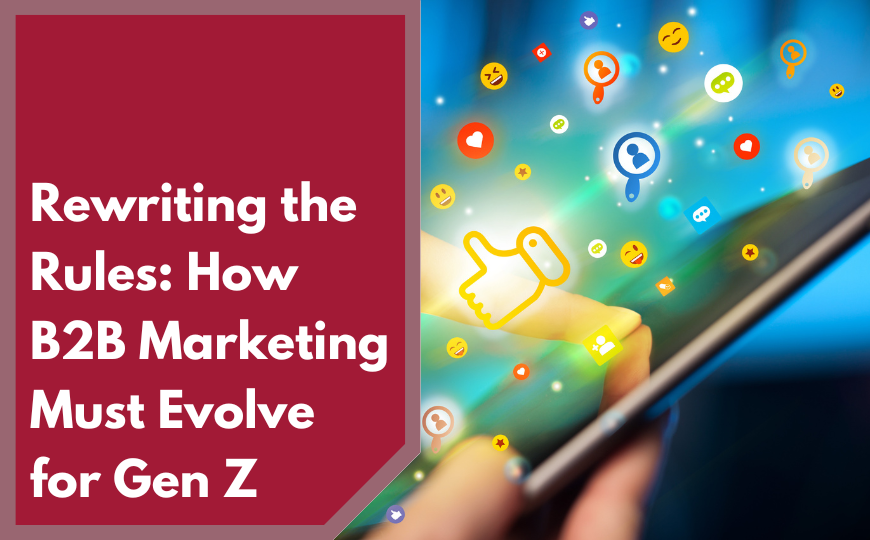From time to time, team members will share their views stimulated from a piece by an industry thought leader. Here, our Director of Paid Marketing, Kim Figor, discusses an article from Forbes by contributor, William Arruda “How to Build Relationships in the Workplace”
Have you ever heard the expression “You can make your plans, but don’t plan the results.”? That pretty much sums up how I came across this article and why I decided to share it.
My journey began with some self-reflection where I decided I wanted to learn new skills in how to be a better team member. That question and research brought me to many different articles, some good, others not so good. However, there was only one that completely shocked me, but that is not the one I will be writing about.
The reason the article shocked me is that it discussed studies that have been done that drew a direct connection to friends in the workplace and life expectancy and then, work and home happiness or overall a general feeling of satisfaction with life. I don’t know how legit this study is, but it was legit enough to make me think twice about the relationships I have with my co-workers and the challenges in building relationships when working in a virtual company.
Out of the many articles I read, I thought William Arruda’s suggestions were unique and focus on humanizing yourself in a digital age. As a bonus, they can be applied to both teammates and clients (current and future); therefore, I think you too will find value in his suggestions.
Step 1: Brand your bios. Online, your bio takes many forms, from your LinkedIn profile summary to your 160-character Twitter bio. Infuse your online bios with humanity. Your social media bios are a longer version of the elevator pitch you use to connect with people in the real world. But unlike your elevator pitch, which sets up a conversation with those you are meeting, your bio is more of a soliloquy. So it must be more than a statement or a list of accomplishments and credentials. It needs to be a story that gets the reader to want to know you and to learn more about you.
Remember, your bio needs to work harder in the virtual world to build a real connection. To make it transparent, don’t be coy or guarded. Be direct and human. Include your values and your point of view. To make it likable, share your passions and differentiation—your secret sauce. Make it more than just details about your current role and job responsibilities—that’s boring!
Pay special attention to your LinkedIn profile summary. It will likely be the most read version of your bio. When writing it, focus on the first three sentences—they’re all someone sees when they get to your profile to learn about you. Make sure the start of your bio is magnetic and will entice viewers to click “see more” so they can get the full story.
Make your bios authentic, compelling and human—because that’s how people can form a great impression of you, and you know how important first impressions are. Don’t work to build online relationships until you’re really pleased with your online bios.
Step 2: Engage in active discussions. In a face-to-face professional meeting, the most fruitful interactions come from lively discussions. The same is true in the bits-and-bytes world of networking. To participate in these discussions, first identify the people you want to get to know. Then follow or connect with them. Make it a point to read their updates and postings.
One of the most powerful places to engage in discussions with like-minded professionals is via LinkedIn groups. When you join a group—it’s like an online professional association—you connect yourself with others interested in a specific topic. Build relationships with the people in groups you respect and whose point of view interests you. To do this, interact with their content regularly by liking, commenting on and sharing it with your connections and with other groups. Provide a heaping dose of gratitude and appreciation so that your connections use the heart as well as the brain.
Step 3: Build social proof. You must convince people that you’re worth knowing. On the web, that means getting others to speak on your behalf. Even with the best intentions, it’s easy to come off as a little self-centered on the web because conversations aren’t as natural as they are in face-to-face situations. To temper your self-proclamations and build credibility through the words of others, focus on these elements:
Testimonials: Testimonials and recommendations go a long way to tell people you’re worth knowing. Get LinkedIn recommendations—at least two for your current role and one for each of your previous roles. Seek to be quoted in trade publications related to your area of expertise. And remember, the person providing the recommendation is as important as the recommendation itself. Benefit from brand association by including testimonials from leaders in your field.
Social actions: When you post content online, choose words that will make it visible to your ideal audience and encourage comments. Whether you post a blog to LinkedIn, a video to YouTube or a presentation to SlideShare, take the amount of time it took you to create your content and double that effort to boost visibility and engagement. The “stickier” your content, the more people will reach out to you to become a part of your brand community. And always thank and acknowledge others who respond to your content. That will help you form relationships.






